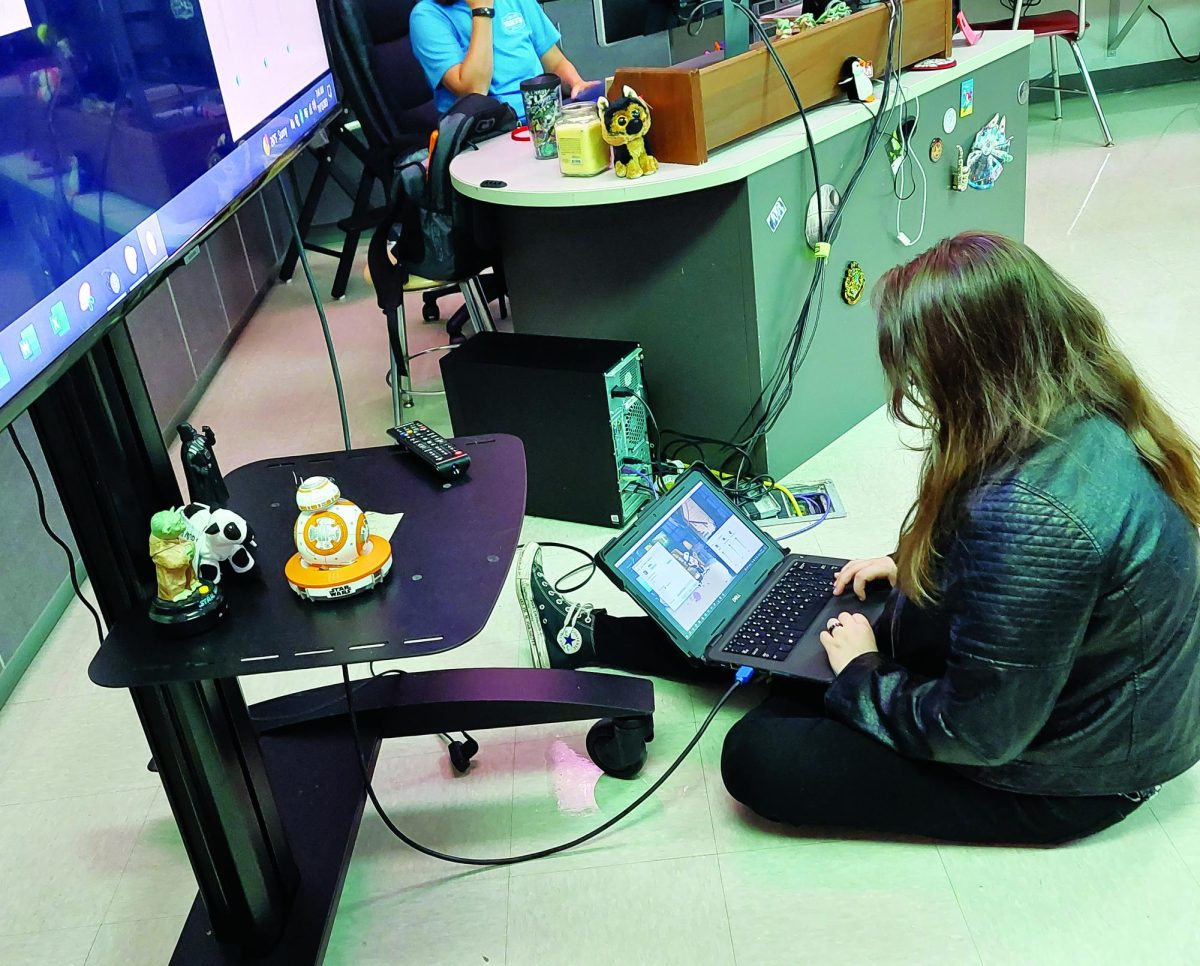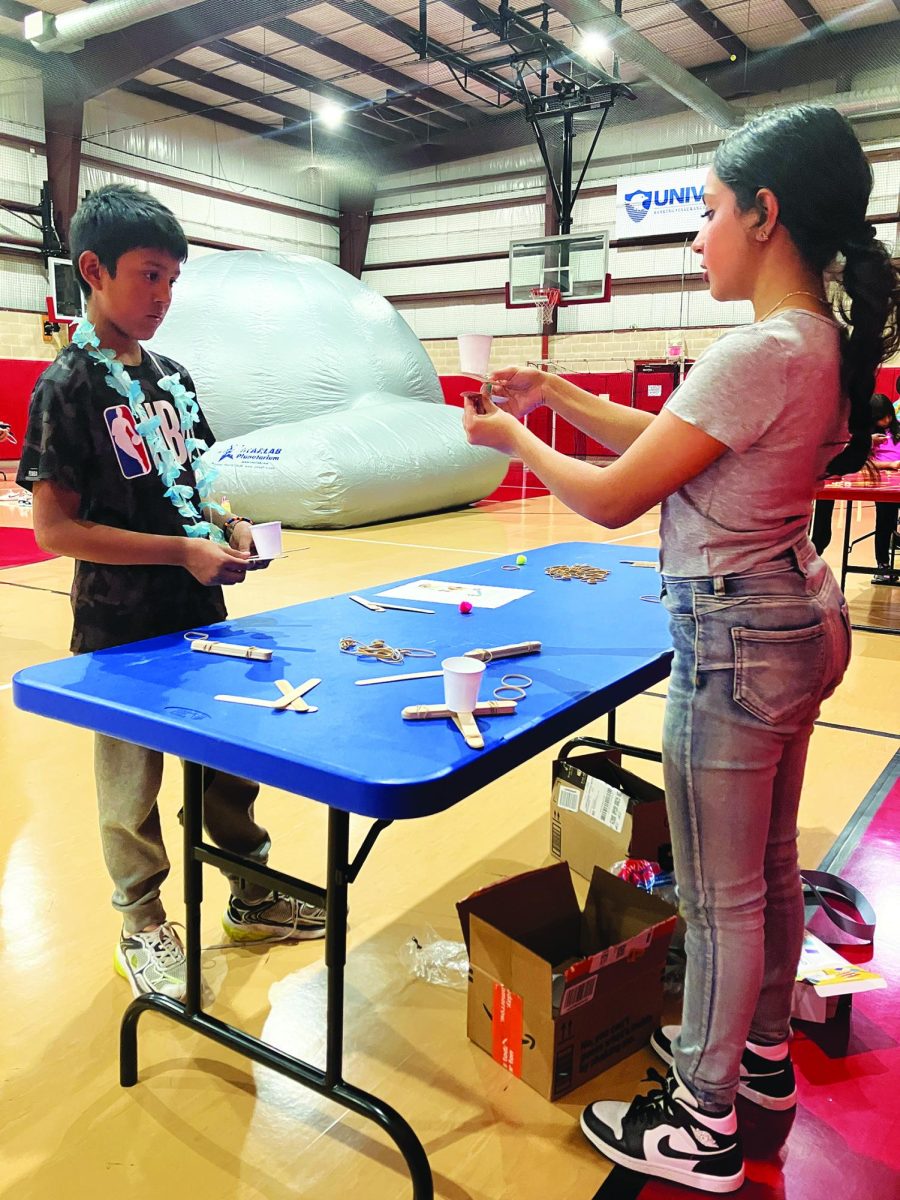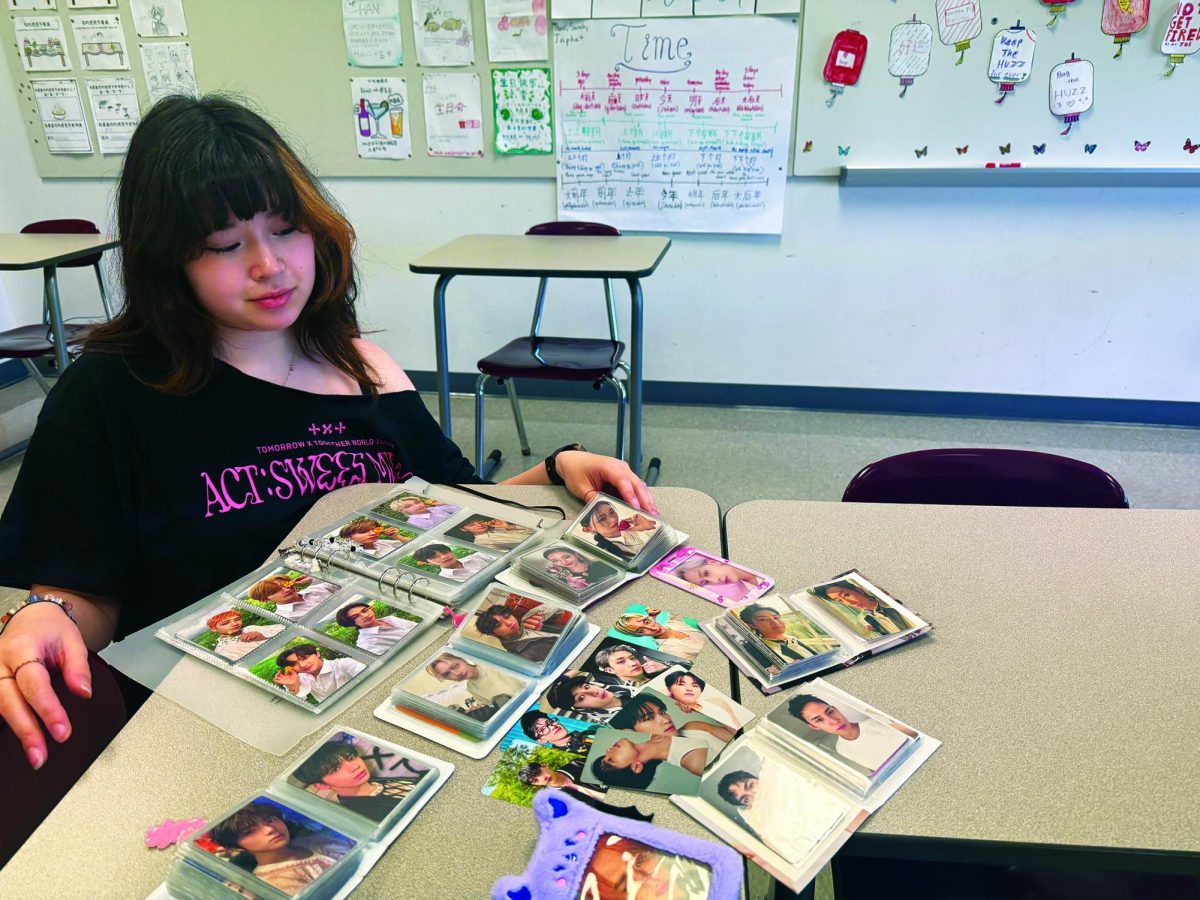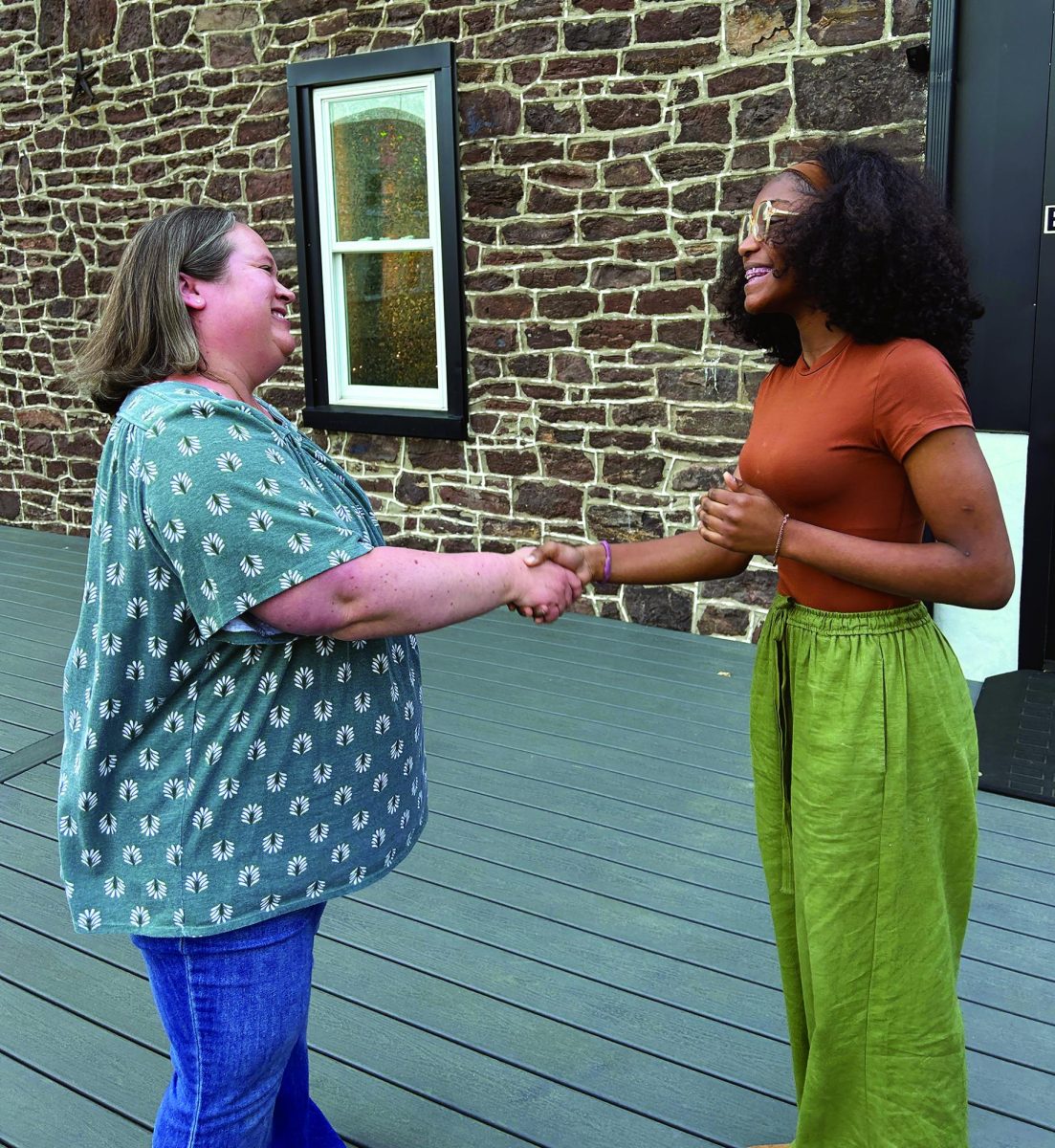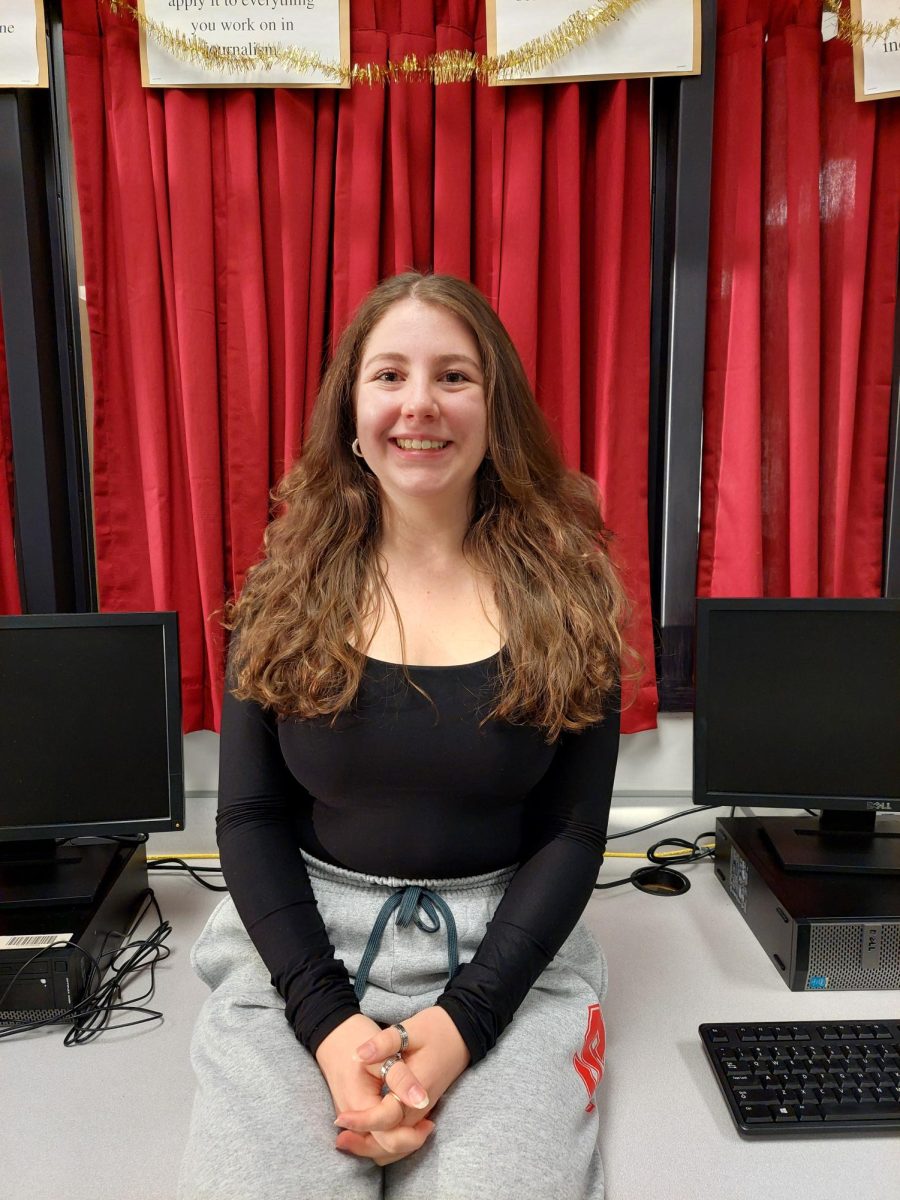To give students more opportunities to express their passions for film, technology education teacher Alicia Simpson is overseeing the Western Animation Club. The club also gives students a creative outlet for their interests.
According to The Lowell illustrator Charon Kong, Western animation is the style of film that tells a story through cartoon-like graphics.
“Western animation is a broad term used to describe movies, shows or short films produced from Western countries that use animation to tell a story,” Kong said.
According to club president Serena Morrison, the club was designed for friends to come together and discuss films and shows that pertain to Western animation. Some examples of this type of film are “Gravity Falls”, “Owl House” and “Bugs Bunny.”
Sophomores Emily Milnes, Natalie Fedesco and Morrison all came up with the idea for the club over the summer.
“Over the summer we talked for hours about different shows that we’d watch,” Morrison said, “like our thoughts and theories. So we were like, what if we could do this over the school year?”
The first meeting of the Western Animation Club was held on October 2.
According to Morrison, the main focus of the club is to put on a show that pertains to the Western animation style of film, watch an episode or two and then discuss feelings and thoughts of that episode amongst the group members.
“We compare shows,” Morrison said, “like how they are similar and how they are different and then we discuss them.”
According to Kong, with many animated shows and movies having their main audience being younger viewers, Western animation can extend to both teenage and adult viewers while still telling a meaningful story.
“The catering toward younger demographics makes Western animation seem childish and silly, as opposed to other storytelling mediums,” Kong said.
Morrison wants to show people that “cartoons are not just for kids.”
Because the animated style of cartoons are mainly advertised to younger audiences, the larger messages that are being betrayed in those films may not be as truly valued as when viewed by older audiences.
“I just want everyone to think of Western animation as more than just cheap entertainment,” Fedesco said, “[It] can actually tell a really compelling story if you have the ability to look for it.”
For many members of the club, Western animation means more to them than just cartoons on a screen and see it more as an art form that they would like to continue to explore in the future.
Simpson hopes that the club will “spark something that might go into a future career of some kind” because many members of the club want to expand their horizons to occupations involving Western animation.
“[Animation] is a very fascinating career. It’s a career I personally have wanted to join multiple times,” Fedesco said.
Morrison shared similar feelings to Fedesco.
“I want to work in the animation industry when I grow up,” Morrison said.
As the club continues to grow, many bonds are created between the students whose passions lie within film.
“My favorite part of the club so far is welcoming everyone in, putting on the first episode of a show and just watching everybody’s faces light up when they get to see their favorite show from their childhood,” Fedesco said.
Milnes has also enjoyed the club environment and is pleased with the freedom to express her creative outlook on Western animation.
“My favorite part of the club so far is watching shows with my friends, literally every time we meet,” Milnes said.

